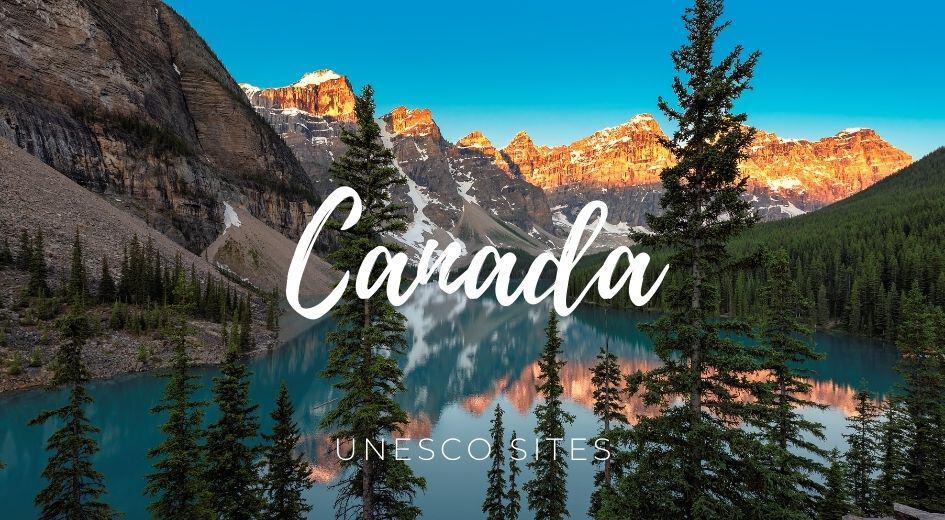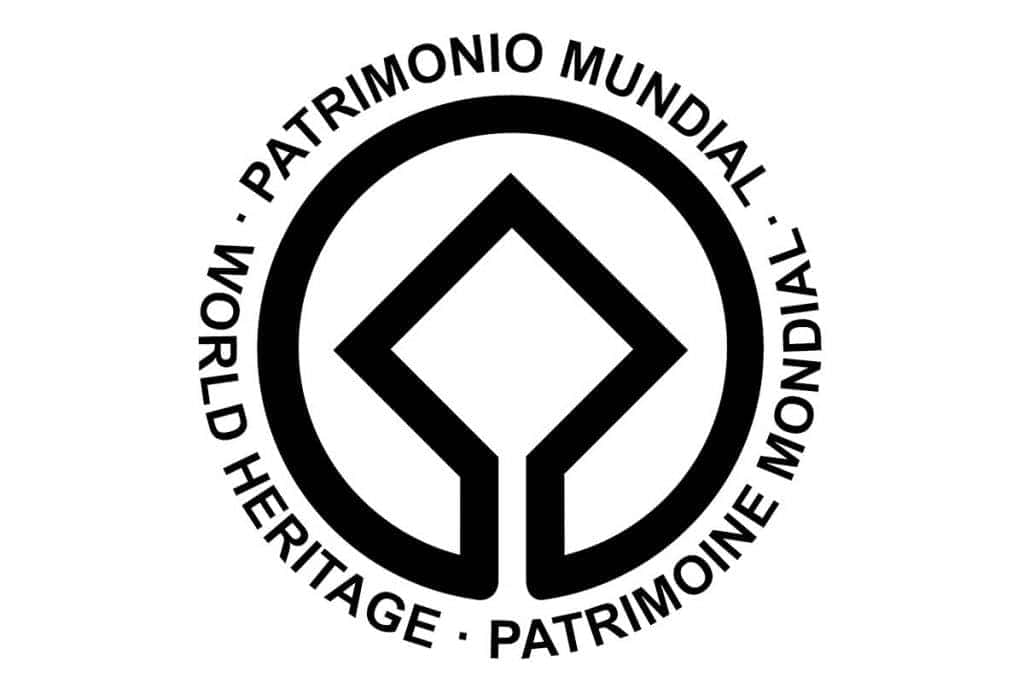Table of Contents


Canada UNESCO has registered 20 sites on the World Heritage list and 12 on the tentative list.
Some places are so interesting that it’s relevant to keep them for future generations. This is why UNESCO has built a list of crucial classified properties in which superb places stand out for their aesthetic, natural, artistic, or cultural significance.
More than a thousand places are registered as Unesco’s World Heritage worldwide. Due to my interest in visiting World Heritage sites, I compiled the UNESCO list in Canada and the corresponding map.
Canada UNESCO list
- Head-Smashed-In Buffalo Jump
- Historic District of Old Québec
- L’Anse aux Meadows National Historic Site
- The landscape of Grand Pré
- Old Town Lunenburg
- Red Bay Basque Whaling Station
- Rideau Canal
- SGang Gwaay
- Writing-on-Stone / Áísínai’pi
- Canadian Rocky Mountain Parks
- Dinosaur Provincial Park
- Gros Morne National Park
- Joggins Fossil Cliffs
- Kluane / Wrangell-St. Elias / Glacier Bay / Tatshenshini-Alsek
- Miguasha National Park
- Mistaken Point
- Nahanni National Park
- Waterton Glacier International Peace Park
- Wood Buffalo National Park
- Pimachiowin Aki
Canada UNESCO Map
Click on the blue pins to view more relevant information about each World Heritage site in Canada.
Description
- Head-Smashed-In Buffalo Jump: A site in Alberta where Indigenous peoples historically hunted bison by driving them off a cliff.
- Historic District of Old Québec: A well-preserved historic district in Québec City that reflects the city’s French and British colonial past.
- L’Anse aux Meadows National Historic Site: A site in Newfoundland that is the only known Norse settlement in North America, dating back to the 11th century.
- The landscape of Grand Pré: A cultural landscape in Nova Scotia that bears witness to the 17th-century Acadian civilization and the deportation of its people.
- Old Town Lunenburg: A well-preserved example of a British colonial settlement in Nova Scotia, known for its distinctive architecture and fishing heritage.
- Red Bay Basque Whaling Station: A site in Labrador that provides evidence of Basque whaling in the 16th century.
- Rideau Canal: A 19th-century canal system in Ontario that was built for military purposes and is now a recreational waterway.
- SGang Gwaay: A Haida village on an island off the coast of British Columbia that contains totem poles and other cultural artifacts.
- Writing-on-Stone / Áísínai’pi: A site in Alberta that contains Indigenous rock art and petroglyphs.
- Canadian Rocky Mountain Parks: A group of parks in the Canadian Rockies that feature dramatic mountain landscapes, glaciers, and alpine ecosystems.
- Dinosaur Provincial Park: A park in Alberta that contains important fossil discoveries from the Late Cretaceous period.
- Gros Morne National Park: A park in Newfoundland with diverse geological formations and ecosystems.
- Joggins Fossil Cliffs: A site in Nova Scotia that contains fossils from the Carboniferous period and is important for understanding the evolution of life on Earth.
- Kluane / Wrangell-St. Elias / Glacier Bay / Tatshenshini-Alsek: A transboundary park system in Yukon and Alaska that contains some of the world’s largest non-polar icefields and diverse ecosystems.
- Miguasha National Park: A park in Quebec that contains some of the world’s most significant fossil deposits from the Devonian period.
- Mistaken Point: A site in Newfoundland with well-preserved Ediacaran fossils, among the oldest evidence of complex life on Earth.
- Nahanni National Park: The Northwest Territories contains the South Nahanni River, a UNESCO World Heritage Site known for its canyons and waterfalls.
- Waterton Glacier International Peace Park: A transboundary park system straddles the Canada-US border and contains some of North America’s most scenic mountain landscapes.
- Wood Buffalo National Park: A park in northern Alberta and southern Northwest Territories that contains the largest free-roaming bison herd in the world and is important for boreal ecology.
- Pimachiowin Aki: A cultural landscape in Manitoba and Ontario home to Indigenous peoples and is important for traditional land use and spiritual beliefs.
UNESCO World Heritage Sites in Canada have protected places for their cultural and natural importance.
Sites on the Tentative List
- Gwaii Haanas
- Ivvavik / Vuntut / Herschel Island (Qikiqtaruk)
- Quttinirpaaq
- Tr’ondëk-Klondike
- Île d’Anticosti
- Hecate Strait and Queen Charlotte Sound Glass Sponge Reefs Marine Protected Area
- Qajartalik
- Sirmilik National Park and Tallurutiup Imanga (proposed) National Marine Conservation Area
- Stein Valley
- Wanuskewin
- Yukon Ice Patches
- Transatlantic Cable Ensemble


